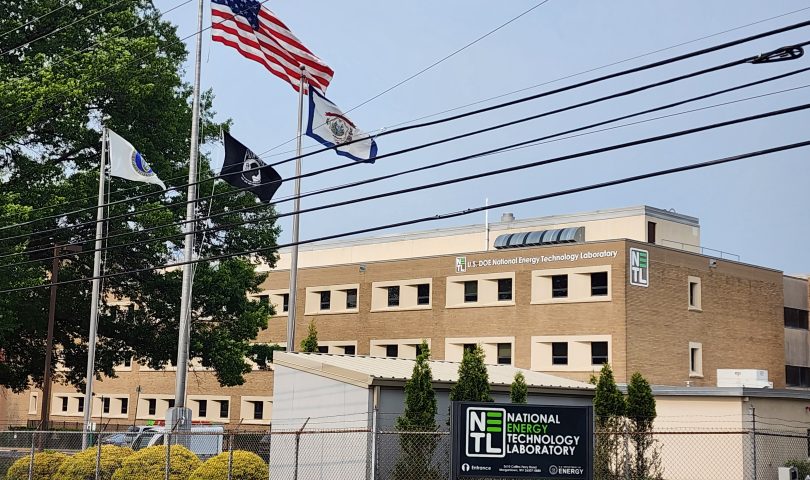MORGANTOWN – A crucial step in carbon capture and storage is getting the carbon dioxide from where it’s produced to where it’s going to be stored.
The National Energy Technology Laboratory is helping the various stakeholders figure out how to move all that CO2 with its Pipeline Route Planning Database and its in-the-works Smart Route Planning Tool.
The tools are meant to serve the federal government’s 2050 carbon-neutral goal by expanding the nation’s capability to transport 65 million metric tons of CO2 per year by 2030 and 1 gigaton of CO2 per year by 2050.
“Routing of pipelines, trains and other infrastructure to facilitate CO2 transport depends on being able to evaluate a variety of regulatory, topographic and potential risk variables,” NETL researcher Jennifer Bauer explained. “These complex systems require considerable investments and time to plan and complete; making it paramount that the best set of available information is utilized when planning and developing these systems.”
Bauer explained the project to The Dominion Post. It began about a year ago. She developed the database with the team – contractors who’ve helped collect the data – to help carry out the Department of Energy’s aims.
“There was a lot of emphasis on trying to make the data and information that’s been collected for various purposes related to all types of carbon capture, use and storage activities more accessible and more consumable for stakeholders, regulators, companies, people that are looking to get into the business but don’t know where to start.”
The database consolidates and integrates information from carbon storage partnerships, DOE-funded activities, research findings and federal and state regulations on building out pipelines and transportation venues supporting pipelines.
“The database is where we started. The next step is the tool development, which we’re working on now,” she said.
The aim, she said is to help stakeholders understand what variables they should be looking at, what communities or actives their route might interact with, what other sources of transit exits to pair up with pipelines. “Hopefully they can make more informed decisions that both reduce risk, and keep our energy systems more secure and safe.”
While NETL doesn’t play politics, political considerations that stakeholders might have to deal with is part of the information they’re working to provide: community values, state and local regulations, available corridors, alternative options and so on.
The planning tool will help stakeholders consider actual route options, even including such things as ground conditions that will affect construction – routes that and technically viable and socially and environmentally responsible.
Stakeholders will be able to provide their priorities and preferences and see how those affect the route, and visualize and understand how the route changes and what variables come into play.
They expect to have the initial version of the Smart Route Planning Tool bu the March 2024, Bauer said.
The CCS Pipeline Route Planning Database is currently available through NETL’s Energy Data eXchange, which provides a comprehensive, national, big data resource to accelerate the country’s energy transition. With more than 90 gigabytes of spatial data, arranged in more than 40 data layers, and millions of individual features, the publicly available database provides insights into the social, environmental and regulatory variables that will be encountered during CCS deployment projects.
Tweet David Beard @dbeardtdp Email dbeard@dominionpost.com




